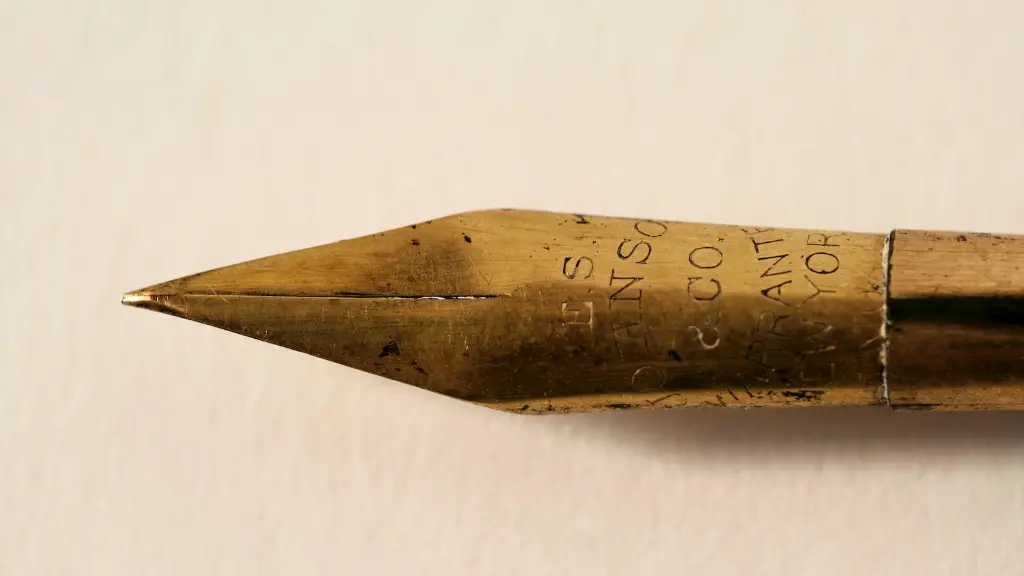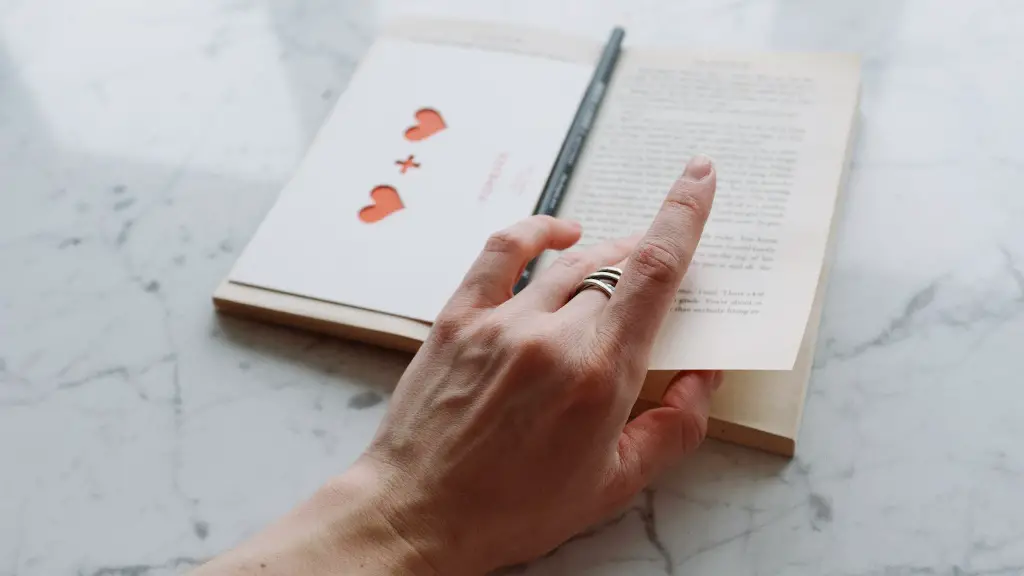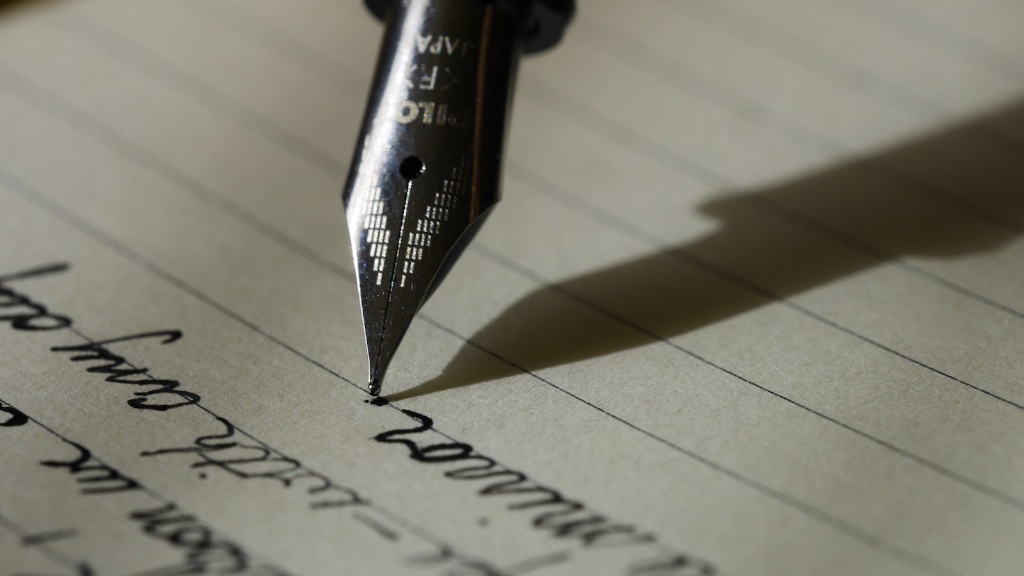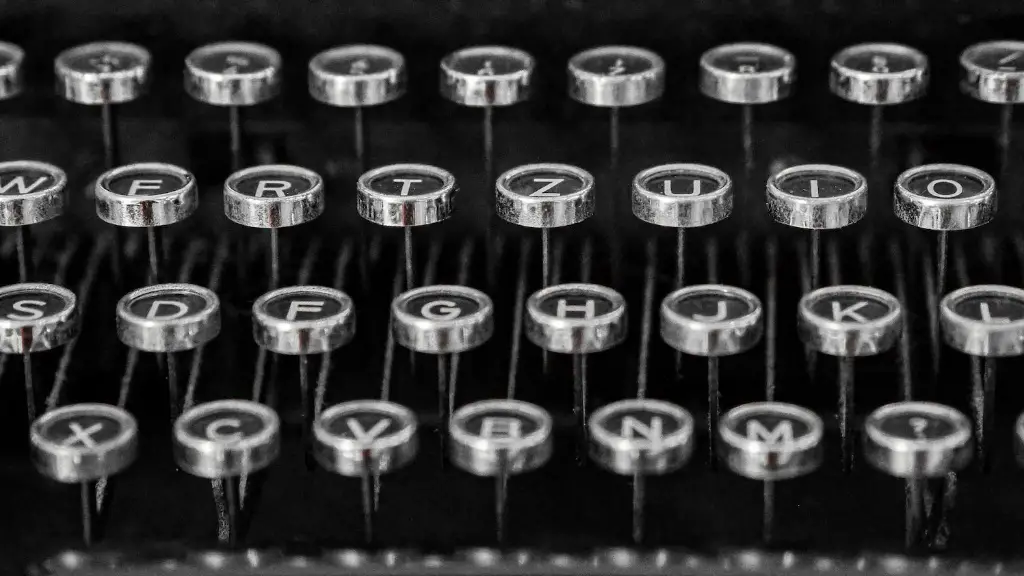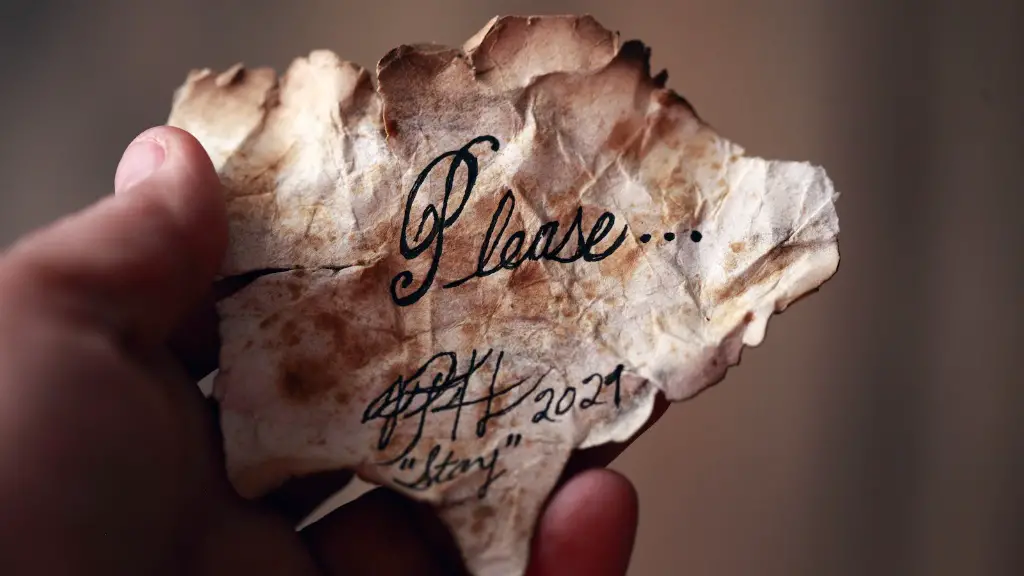Have you ever read a poem and noticed that it is divided into sections? Those sections are commonly known as strophes, and they are the fundamental building blocks of poetry. So what is a strophe in poetry? To help you understand what the term strophe means and how it helps structure a poem, we will dive into the topic in more detail and explain the different types of strophes and their functions.
A strophe is a poetic form of writing that is composed of a grouping of lines. The term itself comes from the Greek word strophe, which means “to turn” or “to turn around”. In the context of poetry, it refers to a turning or a change in the poem, usually involving the content or direction of the poem. It is the main structural component of a poem, and it helps organize the poem by creating a pattern of lines that the reader can follow and understand the meaning of.
The strophe is usually made up of two or more lines that are related to each other in some way. It could consist of a single line, multiple lines, or even a single word. A strophe can also be defined as a unit of meaning in a poem. It is the building block of poetic structure and the most important structural component to consider when writing a poem.
The number of strophes in a poem can vary greatly, depending on the length and style of the poem. Typically, however, a poem will have several strophes, with each one having its own unique idea or thought. Strophes are also used in different ways to enhance a poem’s message, meaning, or mood. In some cases, a poem may have several strophes of the same length and structure, while in other cases a poem may have several strophes of different lengths or structures.
A well-crafted strophe can help bring rhythm and unity to a poem. It can also help the reader follow the poem’s narrative or argument more easily. The use of strophes also helps create contrast and emphasize certain words or ideas. By carefully choosing which words to emphasize or de-emphasize, a poet can control the emotion and tone of a poem.
Now that you understand what strophes are, let’s take a look at some of the different types of strophes. The most common types of strophes are the sonnet, the quatrain, the tercet, the sestet, and the couplet.
Sonnet
The sonnet is a popular form of strophe which consists of fourteen lines of iambic pentameter. Iambic pentameter is a type of meter used in poetry in which each line has five iambs (a poetic foot consisting of two syllables). This type of strophe is often used to create a natural rhythm and is often used to create complex but beautiful verses.
The sonnet is characterized by the use of rhyme, which has been used to create a sense of order and structure to the poem. It is also typically divided into two or three quatrains (or four line strophes) and either a couplet, sestet, or tercet (six line strophes) to create the main argument or point of the poem. The most common type of sonnet is the Petrarchan or Italian sonnet which follows the rhyme scheme ABAB CDCD EFEF GG.
Quatrain
The quatrain is a four line strophe that follows the ABCB rhyme scheme. This type of strophe is often used to create a simple but powerful message and is commonly used in ballads to convey emotion and tell a story. This strophe can be used in a variety of ways, from creating a narrative to emphasizing a particular point.
The quatrain can also be used to create a form of poetry called the villanelle. The villanelle is a poem composed of nineteen lines, usually in iambic pentameter, and is written in alternating rhyme. The structure of this poem is based around the repetition of two particular lines that are repeated in different strophes throughout the poem.
Tercet
The tercet is a three line strophe that follows either the AAA or ABA rhyme scheme. This type of strophe is often used to quickly convey a message and to make a point. It is commonly used in Eastern poetry and song, as it is often easier to remember a three line strophe than it is to remember a longer poem. It is also often used in haiku, a popular form of Japanese poetry.
The tercet is often used to express emotions or relive a moment. Because of this, they are often used to convey a sense of nostalgia or reflection. They can also be used to create a series of vivid images or scenes and to explore various points of view.
Sestet
The sestet is a six line strophe which usually follows an ABABCC or ABBABB rhyme scheme. This type of strophe is often used for reflection, as it gives the poet more space to express their feelings and thoughts. It is often used to conclude a poem as it provides the poet with a sense of closure.
The sestet can also be used to explore different perspectives in a poem or to create an atmosphere of tension. This type of strophe can help to emphasize certain words or ideas and it can also be used to create a more complex and structured poem.
Couplet
The couplet is a two line strophe which follows the AABB rhyme scheme. This type of strophe is often used to provide a sense of closure to a poem and is usually used to conclude a poem. This can be done in a way that provides a surprise or a resolution to the poem. It is also often used to create a sense of balance or completeness to a poem.
The couplet can also be used to emphasize important words or ideas and is commonly used to add drama to a poem. It can also be used to emphasize the contrast between two ideas or to create a humorous effect.
Conclusion
Strophes are essential components of poems and are used to give the poem structure and unity. The different types of strophes have different functions and can be used to create different effects in a poem. From the four line quatrain to the two line couplet, each type of strophe serves a unique purpose and can be used to create different types of poems. Whether you’re writing a sonnet, a villanelle, or a haiku, understanding strophes can help you become a better and more effective poet.
